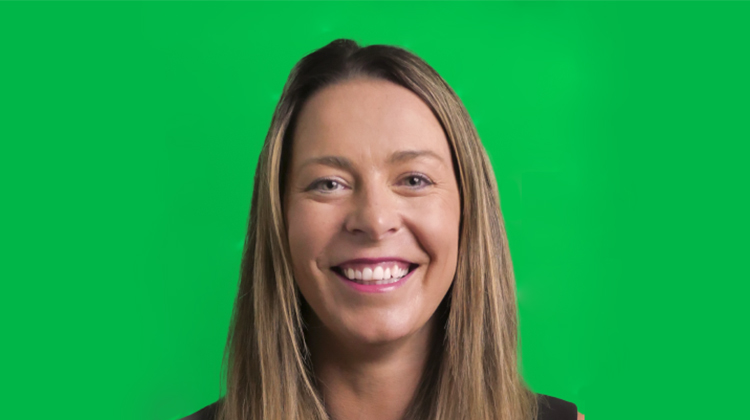Pair Resources with Professional Development

Teachers don’t need another reminder that their workload is out of control. Many still plan their lessons at 10pm, stitching together worksheets, videos and activities from multiple resources. On average, lesson planning takes up 44% of their time, often outside school hours.
As such, it’s very promising that we’re starting to see a shift in public discourse and growing interest in a national database of curriculum materials for teachers. The Productivity Commission recently recommended a central hub of high-quality lessons to save hours of prep, ease stress and lift student outcomes.
Many of us in the industry beamed at that news. We could finally be getting closer to policymakers stepping in to make teachers’ lives more manageable.
Unfortunately, the reality is that curriculum resources alone are unlikely to deliver the results policymakers are hoping for. Research shows that over 50% of the potential gains from high-quality instructional materials (HQIM) are lost unless paired with professional learning (Steiner, Magee & Jensen, 2018). Put simply, the curriculum tells you what to teach but professional learning helps you teach it well.
Teachers aren’t short on resources. It’s the quality of resources and the knowledge to utilise them in a meaningful way where we need to support them. The Grattan Institute has highlighted that only a fraction of professional learning in Australia meets the standard of being job-embedded, collaborative and sustained. That means most outdated professional learning activities don’t translate meaningfully.
As Head of Professional Development at Stile Education, I see every day how professional learning impacts education, not just for the teachers but the students as well.
It’s important for me to acknowledge that not all schools start from the same place. Better resourced schools often have more options when it comes to professional learning. But no matter the context, there are practical steps that leaders and teachers can take to make professional learning part of their school culture:
Integrate Professional Learning with the Curriculum
Professional learning works best when linked directly to the materials teachers use daily. Instead of running generic one-day workshops, educators and leaders should align the learning with the materials already in front of them. For example:
• Use staff meetings or gather with Professional Learning Communities to unpack lesson plans together and focus on lesson internalisation
• Run coaching conversations focussed on practical and tangible strategies
• Encourage teachers to share what worked (and didn’t) in previous units.
Learning that happens in the flow of teaching is what actually sticks.
Protect Time for Sustained Cycles
Isolated professional development days rarely lead to lasting change. Teachers need time to try a new strategy, to reflect, and to refine it. An approach we have great success within our Stile Academy is the sprint model: 4-6 week cycles where teachers focus on one small “teaching tweak”, gather evidence and discuss results with their peers.
An incremental approach is manageable and sustainable, far more than trying to transform everything at once following 5 hours of workshops.
Embed Instructional Leadership
Professional learning is only amplified more when leaders are actively involved. School leaders should be equipped to facilitate collaborative planning, run coaching sessions, and model best practice. Leadership involvement is an important signal that professional learning isn’t an add-on, but a part of the core business of the school’s operations.
Make Collaboration the Default
For a lot of educators, teaching can feel isolating, but it shouldn’t need to be. Collective teacher efficacy (the belief that staff can improve learning together) has one of the strongest effects on student achievement (Hattie, 2009). Schools can foster this collaboration by carving out time for teachers to co-plan, observe, and share. Even short “show and tell” sessions can normalise reflection and collaboration.
What it Looks Like in Practice
Professional learning isn’t only about whole-school approaches. Back to the topic of teaching tweaks, teachers can prioritise their own growth by setting one small, bite-sized teaching goal per term. Over time, these small shifts add up to major improvements without feeling overwhelming.
At Stile we’ve seen faculties transform lesson preparation from an isolated task into a collaborative process. Teachers consistently report reduced prep time, stronger confidence in evidence-based strategies, and higher student engagement.
Professional learning doesn’t have to mean extra workload, and when done right, it should reduce stress by giving teachers clarity, shared resources and proven approaches. Schools shift from endless preparation to collective growth.
So, while a national curriculum hub could be a very useful tool, it’s professional learning that unlocks its true potential. For school leaders and teachers, the challenge is to stop treating development as an isolated event or series of one-off events and start treating it as part of their culture.